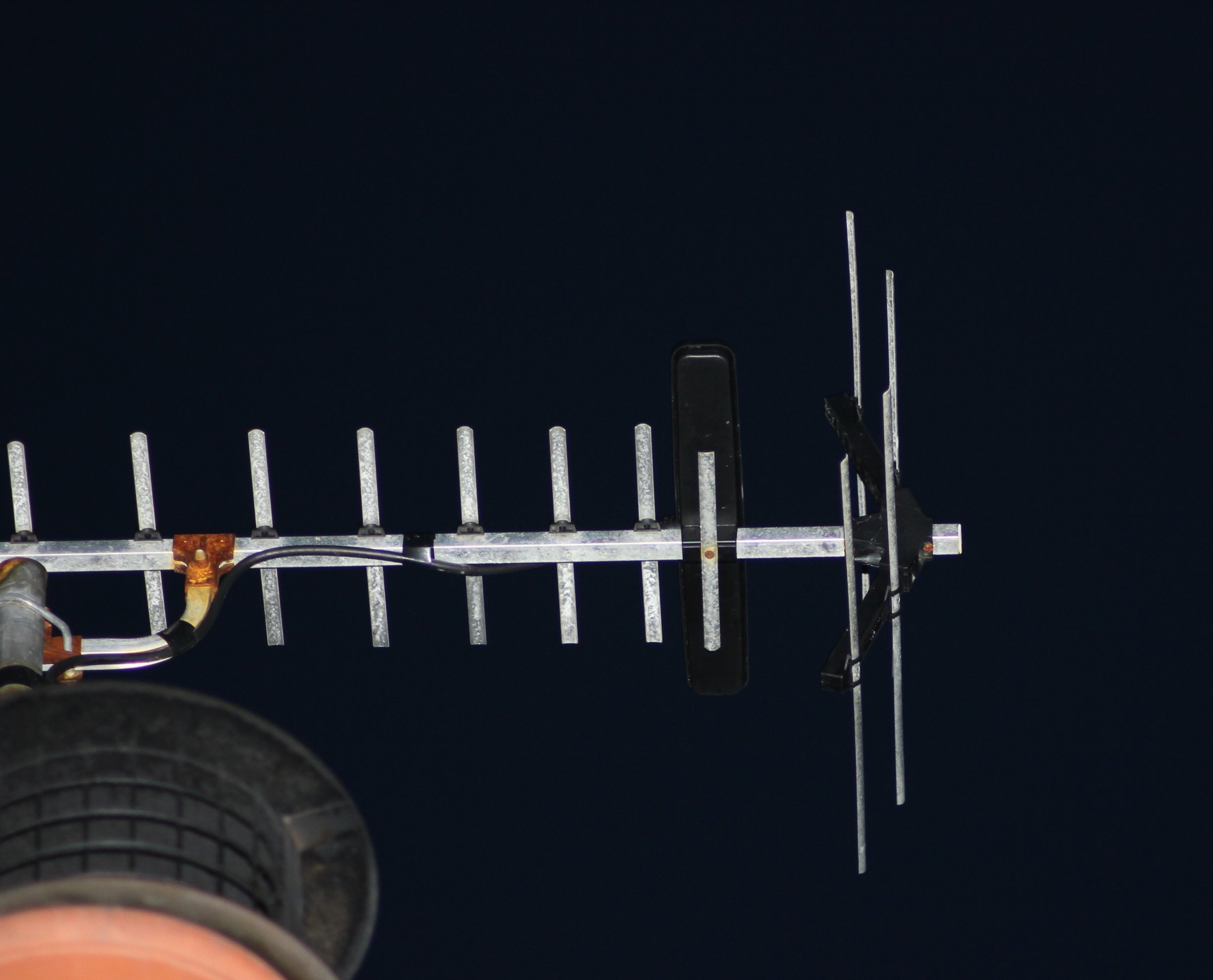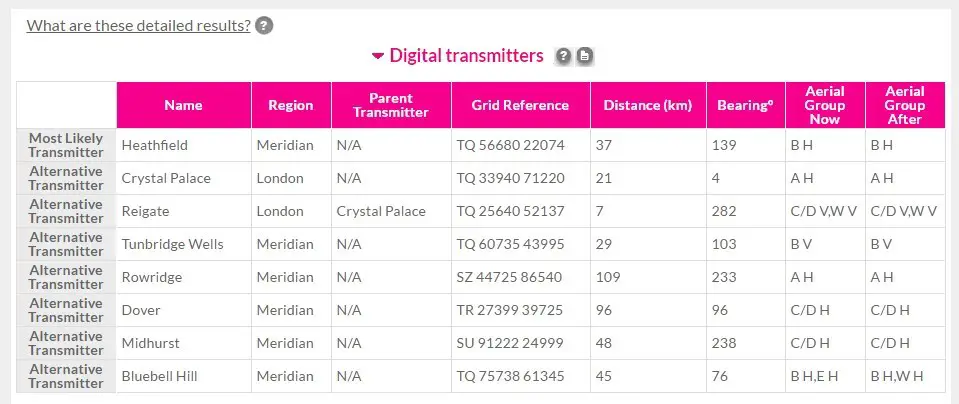I would assume a 4G filter is a band pass filter, we used these to stop amateur radio and CB user from interfering with TV for years, but to test is not that easy, it is in essence a tuned circuit, an inductance and a capacitance standard way, we see it used where TV DAB and FM radio signals are combined then split again so one coax can take all from loft space to living room.
So only real way to test is to monitor the 4G signal, a wave meter may work, but likely an oscilloscope would be required to identify which signals are inside and outside the range. In real terms the TV should be able to filter out the 4G signal. It may be possible to actually use the TV to measure the signal, most do have a signal strength meter built in today, so setting TV to a 4G frequency one should be able to monitor.
But any radio signal can be also received on a bit of wet string if strong enough, so 4G filters on the aerial would not stop the lead picking up the signal, what we found was a problem in the old days was active aerial boosters, not only did they boost the TV signal, but they also boosted amateur radio and CB signals, so the TV could no longer reject them.
Personally I kicked Freeview TV to touch, and used satellite only, the freeview was forever swapping channels and requiring re-tuning, only when I moved to my mothers house did I again try freeview, it does not seem to have improved much, there are a few freeview channels which are no available for free on a satellite receiver, but there are far more channels available for free on satellite which are not available on freeview. Mothers set top box actually does both freeview and satellite so we can seamlessly flick through both, I can put up with the odd pixelation on freeview, but the high pitched sound which goes with it really drives me mad, so although freeview is there, very seldom used.
But we have as well as set top box, 4 TV's enabled for freeview, every one seems different, they are all HD TV's and boxes, but two will not receive freeview HD, 3 of them show freeview programs with same channel numbers, one does not have any digital channels below 100 so numbers all up the creak, and the set top box is standard as freeview numbers, but has option to move them, so I can place ITV3 freeview next to ITV3 satellite if I want. Flicking between the two, one quickly sees which is best, and it's not freeview.
I would say most likely the coiled cable was cause of your problem, and the 4G filter is not required, if it is then the TV or set top box must be poor quality. I use freeview with three TV's because they allows recording from a freeview signal, but not SCART from satellite box, if it was not for the 2 TV's with built in hard drives and the one TV which allows us to use an external hard drive I would again kick freeview to touch, however being able to record specially the ability to delay live TV, using built in hard drive, means keeping freeview. But rarely watch it live.





